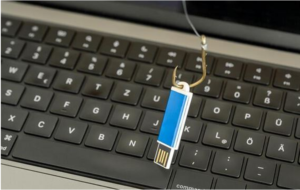Top 10 Cyber Forensics Tools To Use in 2024
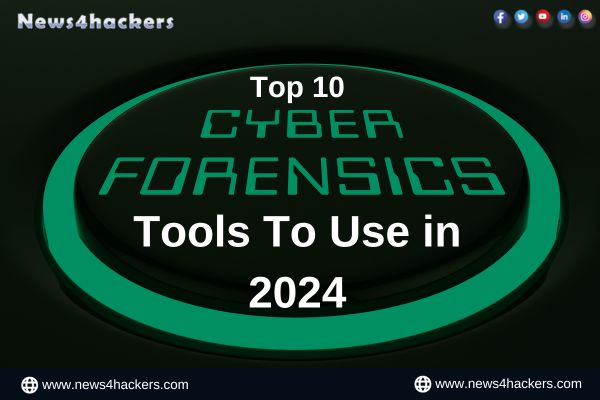
Top 10 Cyber Forensics Tools To Use in 2024
In a world of rising online crimes, cyber forensics is crucial. Law enforcement, security professionals, and network administrators need cyber forensics technologies to look into digital crimes and secure systems. In 2024, these instruments occupy a leading position in the field of cyber forensics, with each providing distinct functionalities that address different facets of digital investigations.
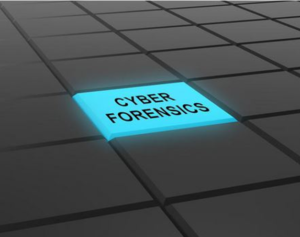
The ongoing development of these tools is indicative of the ever-changing landscape of cybersecurity and the imperative for sophisticated countermeasures against cyber threats. These tools offer essential functionalities for various purposes, including law enforcement, corporate investigations, and network security, in order to detect digital evidence and safeguard against malevolent operations.
What are Cyber Forensics Tools?
Specialized hardware and software solutions utilized in the investigation of digital crimes and the analysis of digital data constitute cyber forensics instruments. The purpose of these instruments is to provide support in the processes of digital evidence proof of identity, preservation, extraction, analysis, and documentation. Cyber forensics, which is a subfield of digital forensic science concerned with legal evidence discovered on computers and digital storage media, relies heavily on them.

These instruments fulfill a multitude of purposes, including:
| Data Recovery | Data recovery from deleted, encrypted, or damaged files. |
| Analysis | The process of examining digital data in order to detect patterns, concealed data, and user activities. |
| Network Forensics | Constantly examining and evaluating network traffic in search of indications of malicious or unauthorized activity. |
| Mobile Forensics | Data extraction and analysis from mobile devices, including application data, message logs, and call logs. |
| Encryption Detection and Decryption | Breaching encryption in order to gain access to protected data. |
| Reporting | Producing comprehensive reports suitable for legal use, which provide a synopsis of the forensic investigation’s discoveries. |
How Can We Use Cyber Forensics Tools?
Primarily in legal investigations, corporate security, and law enforcement, cyber forensics tools are implemented in a variety of settings.

They can be implemented as follows:
| Criminal Investigations | These tools are employed in cybercrimes such as hacking, identity theft, and unauthorized data access to ascertain the origin of the illicit activity, comprehend the employed techniques, and collect evidentiary material for legal proceedings. |
| Corporate Security | In order to investigate internal incidents of data theft, policy violations, and unauthorized network access, organizations employ cyber forensics tools. They contribute to the auditing process and guarantee adherence to security policies. |
| Incident Response | In the event of a security breach, these tools facilitate the expeditious assessment of the breach’s extent, the detection of compromised data, and the comprehension of the attacker’s approach in order to fortify security protocols. |
| Legal Evidence Gathering | These instruments are utilized by forensic experts to collect, analyze, and preserve digital evidence for court use. It is imperative that the collection and handling of this evidence maintain its admissibility in legal proceedings. |
| Data Recovery | Data that has been corrupted or lost as a result of hardware or software failure can be recovered using cyber forensic tools. |
| Research and Analysis | These tools are utilized by analysts and researchers to investigate cybercrime trends, malware, and additional cybersecurity concerns. |
The application of cyber forensics tools necessitates specialized expertise and frequently a legal mandate, given that the procedure entails the manipulation of sensitive data and adherence to rigorous protocols to preserve the integrity of the evidence. These tools undergo constant development, integrating cutting-edge technologies such as artificial intelligence and machine learning to augment their functionalities in addressing the intricate realm of cyber threats.
Top 10 Cyber Forensics Tools To Use in 2024
In 2024, these 10 cyber forensics tools stand out for their powers and effectiveness:
- EnCase Forensic:
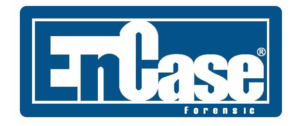
Features:
EnCase is an extensively acknowledged instrument within the forensic community, renowned for its robust forensic functionalities encompassing data recovery, analysis, and reporting. It is utilized for all forms of digital investigations and offers exhaustive and effective data investigation.
- Wireshark:

Features:
This open-source and cost-free packet analyzer is crucial for the analysis and troubleshooting of networks. The interactive browsing and capture of network traffic is a feature that Wireshark provides to users, rendering it an indispensable tool in the field of network forensics.
- FTK (Forensic Toolkit):
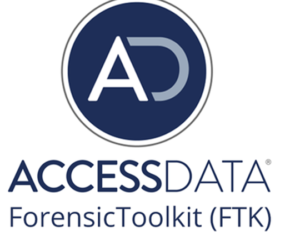
Features:
FTK is a forensic application capable of locating and retrieving evidence from digital devices. Popular among forensic professionals due to its robust search capabilities and capacity to manage significant volumes of data.
- Autopsy:
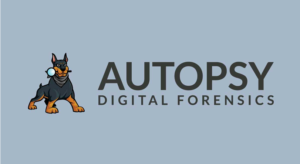
Features:
By far, the most popular open-source tool among digital forensic investigators. It is a portable, modular framework recognized for facilitating comprehensive examinations and featuring an intuitive user interface.
- Cellebrite UFED:

Features:
Cellebrite UFED, an all-encompassing instrument that specializes in mobile forensics, is utilized to extract, decode, and analyze data from mobile devices. It is especially beneficial in the current era when mobile devices possess an abundance of information.
- Magnet AXIOM:

Features:
A robust instrument designed to collect and analyze data from mobile devices and computers. AXIOM is renowned for its intuitive interface and capacity to recover and display more data.
- X-Ways Forensics:

Features:
This sophisticated work environment is renowned for its adaptability and efficacy for computer forensic examiners. X-Ways Forensics is an application capable of performing digital evidence imaging, analysis, and reporting.
- Oxygen Forensic Suite:
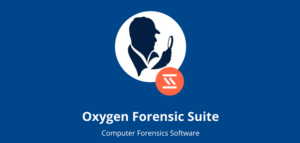
Features:
This application is designed to extract and analyze data from a variety of sources, such as IoT devices, smartphones, and cloud services. Oxygen Forensics provides sophisticated capabilities for data extraction and analysis.
- Volatility:

Features:
Volatility, a framework for sophisticated memory forensics, is critical for the examination of volatile memory (RAM). It facilitates digital investigations through the extraction of crucial forensic data, including information regarding ongoing processes and network connections.
- SIFT (SANS Investigative Forensic Toolkit):

Features:
This complimentary arsenal comprises an assortment of digital forensics and incident response applications. The forensic community holds SIFT in high regard due to its comprehensive suite of tools capable of conducting in-depth analyses and generating reports.
Benefits of Using Cyber Forensics Tools
The prominent benefits of using cyber forensics tools are mentioned below:
| Comprehensive Evidence Collection | Cyber forensics tools facilitate comprehensive data acquisition from diverse origins, such as mobile devices, network data, and hard drives, thereby guaranteeing the exclusion of crucial evidence. |
| Enhanced Data Analysis | These tools offer sophisticated functionalities for rapidly analyzing substantial quantities of data, detecting concealed patterns, and extracting pertinent information—all of which are critical in intricate digital investigations. |
| Increased Accuracy and Reliability | By decreasing the probability of human error, automated tools guarantee the precision and dependability of forensic analysis. |
| Time-Efficiency | The utilization of sophisticated algorithms and automated processes facilitates expedited data processing, a critical factor in time-sensitive investigations. |
| Legal Compliance | The purpose of cyber forensics instruments is to preserve the admissibility of digital evidence in legal proceedings by ensuring its integrity. |
| Handling Encrypted Data | Sophisticated tools possess the capacity to decrypt encrypted data, thereby enabling access to and analysis of information that would be unattainable otherwise. |
| Documentation and Reporting | Documentation and detailed reporting capabilities are frequently integrated into these tools, which is crucial when it comes to presenting results in legal settings or conducting corporate audits. |
| Handling Complex Cyber Threats | Cyber forensics tools are designed to combat complex malware and advanced persistent threats (APTs), among other sophisticated cyber threats. |
Challenges of Using Cyber Forensics Tools
Here are the hardcore challenges of using cyber forensics tools:
- Technical Complexity,
- Evolving Cyber Threats,
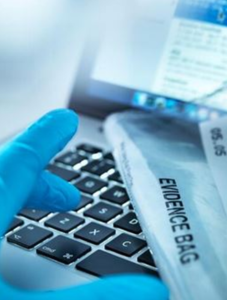
- Data Volume and Variety,
- Legal and Ethical Considerations,
- Encrypted and Obfuscated Data,
- Resource and Cost Constraints,
- Chain of Custody,
- Cross-Jurisdictional Issues, etc.
About The Author:
Yogesh Naager is a content marketer who specializes in the cybersecurity and B2B space. Besides writing for the News4Hackers blog, he’s also written for brands including CollegeDunia, Utsav Fashion, and NASSCOM. Naager entered the field of content in an unusual way. He began his career as an insurance sales executive, where he developed an interest in simplifying difficult concepts. He also combines this interest with a love of narrative, which makes him a good writer in the cybersecurity field. In the bottom line, he frequently writes for Craw Security.
READ MORE ARTICLE HERE

